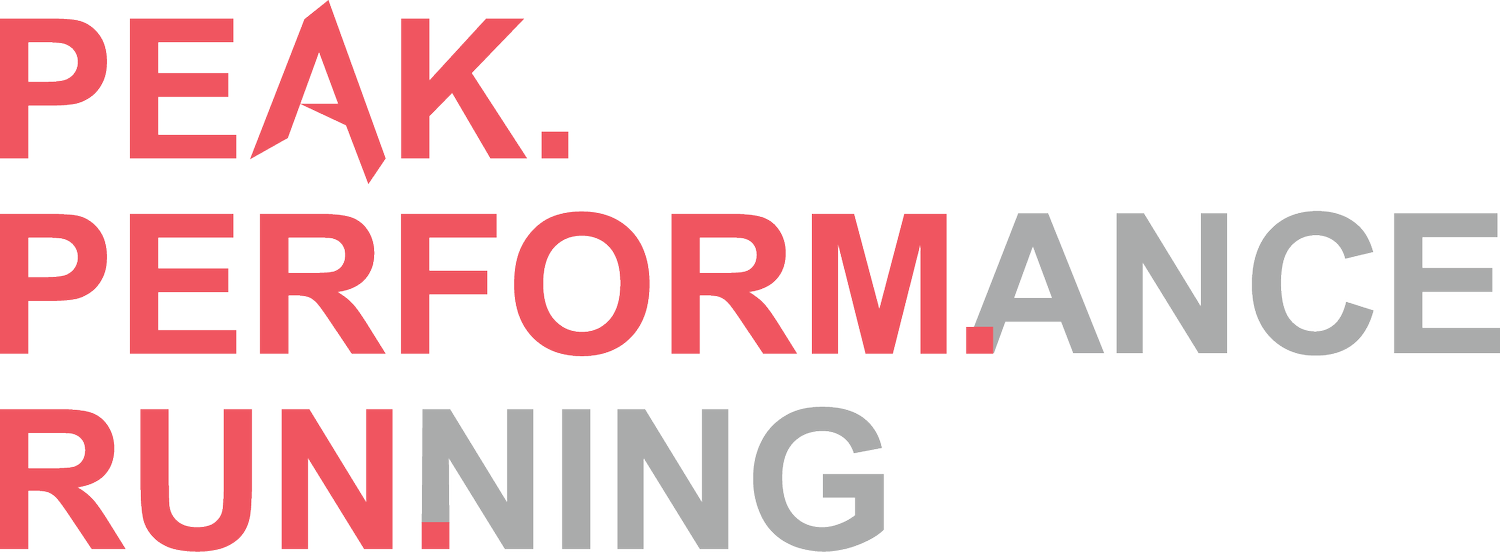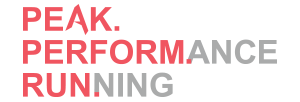Bonus Rounds: I don’t want to slow down
Step 1: Drop the ego, run faster
Setting your zones is the first step of ownership as an athlete. Many people avoid it because it often involves confronting reality. New athletes often take pride in running certain paces and further pride in saying that it's "easy". If 7:00 pace isn't actually for your everyday runs, stop gaslighting yourself into thinking it is - you're doing more harm than good.
Whether it's the perception of "looking good" on Strava or upholding some artifice that you did all your aerobic work this week at "x:xx" pace is wild. You are all still developing as athletes - give yourself a pace range to run in based on your current performances. This is what will allow you to sustainably reach your goals.
Example: 7:00 Easy Pace
I see MANY 16:30 boys running at 7:10-7:00 for easy days. Do you know what kind of fitness you'd need to be in to actually run that as "easy"? Let's take a closer look.
For a 16:30 Running your true "Easy" pace is 7:55-7:35, even Easy/moderate is 7:22-7:10. That's still not anywhere close to easy, controlled running. To get to a fitness where you're capable of running and sustaining 7:00 pace easily - demands that you perform not just at a 16:00 5K level but SIGNIFICANTLY faster. Running fast on aerobic runs for HS MALE runners can normally fall between 7:30-8:00 pace and you will be completely fine.
If you didn't catch that - for 7:00 pace to be truly "easy and aerobic" you'd need to be running a 15:10 - 5K which puts you in the Top 200 Male Runners in the US as of writing this. Even in 15:10 shape you're better off to run at 7:15-7:05 comfortably.
Think critically: What Matters?
It might soothe your mind to run faster on your easy days because you're a 16:30 guy who wants to be a 15:10 guy. The fact of the matter is that is simply NOT how physiology works. Your physiology is fueled by red blood cells, mitochondrial density, and putting in a buttload of work, not just your hopes and dreams.
A major factor is time on feet and a big reason why we should look at minutes vs. miles at this phase of training. This will help you understand
Runners Math:
45:00 Aerobic run for 16:30 Runner = ~5.92 Miles @ 7:35
45:00 Aerobic run for 15:10 Runner = ~6.42 Miles @ 7:00
An 8% difference for the same amount of time. If we simply gave you both a 6 mile run, we're cheating the 15:10 runner 9% every day.
The Recovery Aspect
One of the critical factors of "over-running" your easy days is the physiological costs. If you are constantly over-running your easy days - it means that you're cheating yourself of the 8% the following day. Showing up for a workout at 92% you have to ask yourself: "When is 92% an A effort, and when is it a B+ effort?" It's far better to slow down and run slower for a little longer and show up at 100% for workouts, rather than come into every workout at the B+ level.
Face the Facts
I'm guessing a few of you are re-evaluating your easy day pace and I'm not trying to say "gotcha" I'm trying to instill a critical pillar of running success, truly running easy. That means you need to face the fact that you are the only one who can change your habits and that controlling your easy days is just as important as running fast in races and workouts - you simply cannot have one without the other.
Taking your season PR and putting it into a calculator is the first step in facing the facts, the second and most challenging step is slowing down and letting go of the artifice that running faster on easy days will get me faster on race day.
Running Calculator: https://runfastcoach.com/calc2/index.php
Start here and I think you'll be surprised how good you feel over the next week. Also, you may find that you can increase your mileage because you finish your aerobic runs with more in the tank. Feel free to shoot me a note if mileage is something we need to increase because we have more energy for quality work!
- Coach Andrew



